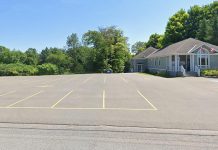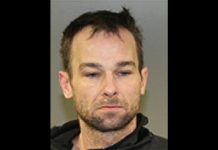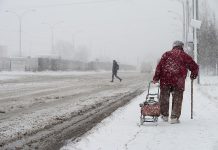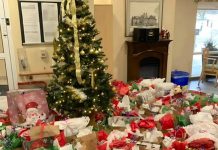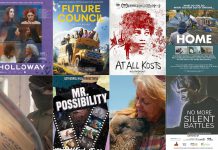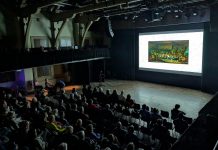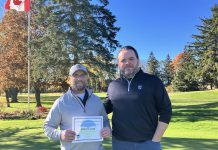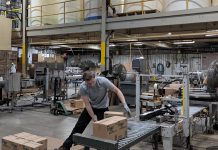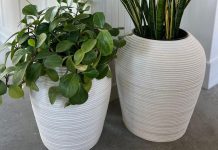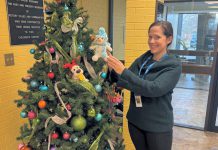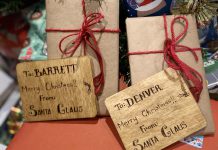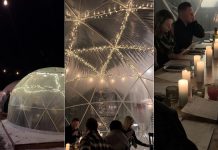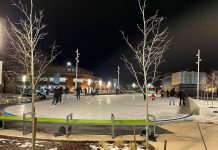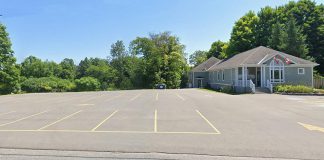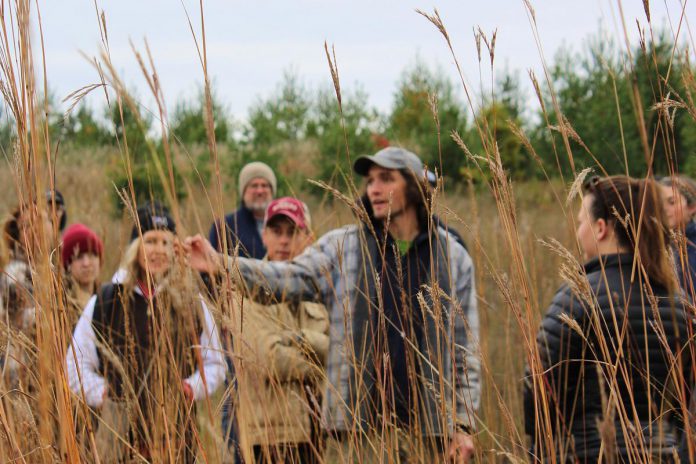
If you’ve never been to the prairie at Kawartha Land Trust’s (KLT) Ballyduff Trails, imagine this: a crisp autumn breeze rolls across the now six-foot-tall golden grasses that have been growing all summer long after a prescribed burn in the spring. Sun-dappled grey-headed coneflowers sway in the breeze. A grasshopper sparrow perches on a tallgrass stalk before taking off.
KLT’s Ballyduff Trails nature reserve in Kawartha Lakes is home to one of the rarest ecosystems in North America: the tallgrass prairie. For over half a decade, KLT and the wider community have worked to care for and restore this special place.
Tallgrass prairies and savannas are two ecosystems that were formerly widespread across parts of southern Ontario, including the Kawarthas. The main grasses that make up Ontario’s tallgrass prairies include big bluestem, little bluestem, yellow prairie grass, and switchgrass.
Only one to three per cent of the original extent of tallgrass prairies remain in Ontario. This decline is due, in part, to the conversion of prairies to agricultural lands by European settlers and the displacement of Indigenous people who actively maintained prairies for agriculture, medicines, food, and sight lines.
Grasslands have also been affected by increased development, pollution, and threats from invasive plant species.
The prairie at KLT’s Ballyduff Trails is one of several larger grasslands in the Kawarthas and surrounding region, which include Alderville Black Oak Savanna and Nature Conservancy Canada’s Hazel Bird Nature Reserve in Northumberland County.
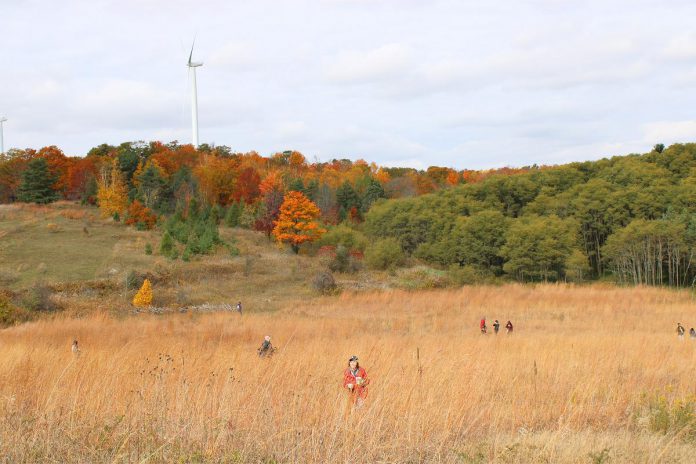
Caring for tallgrass communities helps fight against the world’s biodiversity loss crisis — the loss of native animal and plant species — on a local level.
Deer find refuge in the tall stalks. At-risk eastern meadowlark can breed and forage. New Jersey tea, a plant the endangered mottled duskywing butterfly lays its eggs on, can be found in savannas.
Grasslands also host a large number of insects, foundational to the food web and food systems.
According to Tallgrass Ontario, “Approximately 20 per cent of plants designated as rare in Ontario are associated with prairie.”
Tallgrass prairies and savannas also play a key role in mitigating the effects of climate change that can lead to extended periods of heat and flooding events. Their metres-long roots make them drought-tolerant, and they can also slow erosion when an area experiences flooding.
Having people actively involved in the work is of key importance to supporting the power and promise of prairies at Ballyduff.
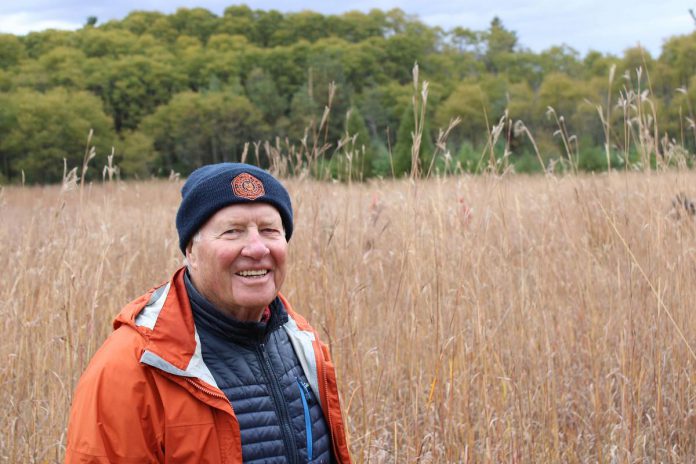
Ralph McKim and Jean Garsonnin donated their property to KLT in 2022 to ensure its permanent protection. However, even before they donated the land, they were passionate stewards of it, inviting students, naturalists, and community groups to work on nature restoration projects and walk the trails.
For over 15 years, Ralph has been working to restore the prairie — collecting seeds and germinating them over the winter months for spring planting.
And the tradition carries on with KLT. Each fall, KLT invites the public to Ballyduff Trails to help collect seeds to support the ongoing care of the prairie.
Helping new participants learn how to identify the grasses and wildflowers and how to collect seeds is lovely, but most fulfilling is the connections volunteers make with the land.
This might be something as simple as enjoying the tactile feeling of soft grass seed releasing from the stem or the sense of reward one feels when helping nature thrive.
The roots run deep and the sky’s the limit for tallgrass ecosystems and the communities — human and wildlife — they support.
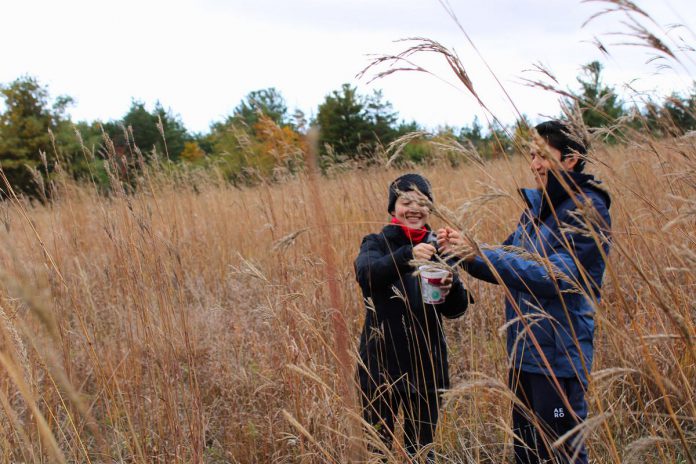
Ralph McKim shares, “As I pass through the native grasses reaching above my head, I can almost hear them whisper ‘We’re back.’ And I know they are — tall, graceful, resilient — home again on their landscape, and ours.”
You can participate in the care of a tallgrass prairie and learn more about this unique ecosystem by registering to join KLT for our annual tallgrass and wildflower seed harvest from 10 a.m. to 2 p.m. on Sunday, October 6th at Ballyduff Trails.
Visit kawarthalandtrust.org/events/ to register for this free, family-friendly event.
Hayden Wilson is a land stewardship manager with Kawartha Land Trust. KLT is a land conservation charity which acquires and stewards ecologically important properties, creating and preserving nature reserves for future generations. GreenUP recently partnered with KLT to host a two-part Saving Native Seeds Workshop Series.


